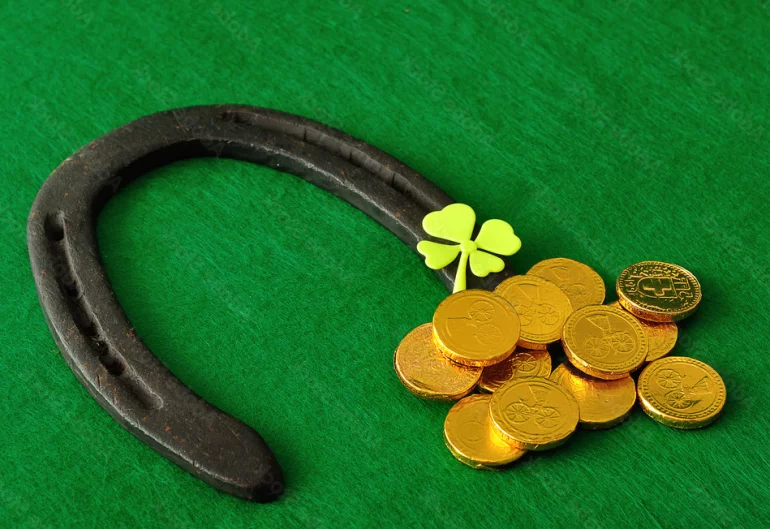
In casinos worldwide, from the opulent halls of Monte Carlo to the smoky mahjong parlors of Macau, gamblers clutch an astonishing array of lucky charms: blessed medallions, childhood teddy bears, even vials of soil from their ancestors' graves. Some poker pros secretly wear the same "lucky socks" for years without washing them. High-rollers have been known to place seven-figure bets only after rubbing their chips on a "lucky statue."
This phenomenon extends beyond the gambling elite. Recreational slot machine players often surround themselves with good-luck trinkets, while bingo enthusiasts arrange lucky troll dolls around their cards. Online, in the age of digital poker and virtual slots, players confess to keeping physical talismans next to their computers.
The persistence of this behavior presents a psychological puzzle. In an era when information about odds, probabilities, and the house edge is just a smartphone tap away, why do so many gamblers—from seasoned professionals to casual players—cling to objects that cannot rationally influence their luck? Even those who can articulate the mathematical futility of their beliefs often maintain an emotional attachment to their charms.
The answer lies deep in the human psyche. Far from being mere quirks, these talismans reveal fundamental aspects of how we process uncertainty, seek control in chaos, and construct meaning in the face of chance. They are physical manifestations of our cognitive biases, emotional needs, and cultural conditioning. In a domain where fortunes can turn on a card flip or dice roll, lucky charms serve as anchors, offering stability in a sea of randomness.
We invite Casinoz readers to delve into this world where rationality meets superstition. You'll see that lucky charms in gambling aren't just frivolous accessories. They are windows into the human condition, illuminating our deep-seated need to find agency and meaning, even in the most probabilistic of realms. In the high-stakes theater of chance, where luck reigns supreme, these talismans reveal a profound truth: in seeking to control fate, we often reveal the innermost workings of our minds.
Historical Context of Lucky Charms
The belief in lucky charms isn't a quirk of modern gambling culture but a thread that runs through the entire tapestry of human history.
Ancient Origins: Lucky Charms in Early Civilizations
In ancient Egypt, where games of chance were played as early as 3500 BCE, scarab beetles carved from lapis lazuli or green stone were highly prized talismans. Often buried with the dead, these scarabs symbolized rebirth and divine protection. Pharaohs and commoners would clutch them during dice games, believing the sacred beetles could sway the cosmic forces that determined each roll's outcome.

Halfway across the world, in China's Zhou Dynasty, jade pendants in the shape of dragons or tigers adorned the necks of those playing dice-based board games. These weren't mere decorations; ancient texts describe them as vessels for qi (life force), capable of harmonizing a player's energy with the game's flow.
Native American cultures, too, had a long tradition of lucky charms in games of chance. The Iroquois, for example, played a game where players bet on how peach pits would land. Before crucial tosses, they would hold smooth "charm stones," often passed down through generations.
Evolution of Talismans in Gambling
As gambling evolved from tribal rituals to tavern pastimes to organized industry, so did its lucky charms. In medieval Europe, where dice games flourished despite religious prohibitions, horseshoes became a favorite talisman. Originally nailed above doors to ward off evil spirits, they migrated to gambling dens. The belief was that witches, who often cursed gamblers, feared horses and their accouterments. A horseshoe's open end could also "catch" good luck if pointed upward.
The four-leaf clover's gambling association dates to the 1640s, when Irish children, to earn money, would search for these rarities (the odds are about 1 in 10,000) and sell them to card players. The plant's symmetry suggested balance and harmony, qualities gamblers sought in the chaotic world of chance. By the 18th century, "clover hunters" were fixtures outside English and French casinos.
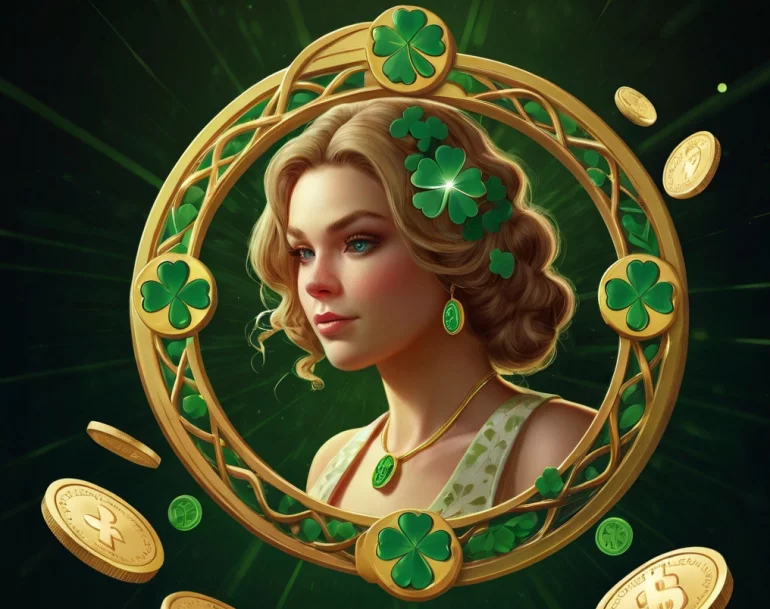
The "lucky coin" tradition surged during America's Gold Rush era. Prospectors, many of whom supplemented their income through gambling, would often keep their first-found gold nugget or a coin minted from it. Having "proven their luck" once by being discovered, these pieces were thought to bring continued fortune at poker tables. Some coins, like "Montana's Tear," a misshapen silver dollar that reportedly helped a miner win a saloon's entire cash box, gained legendary status.
Different Lucky Symbols Across the Globe
The global tapestry of gambling features a rich diversity of lucky symbols, each reflecting its culture's unique spiritual landscape.
- In Japan, where pachinko parlors generate more revenue than Las Vegas, many players carry omamori—small brocade pouches containing prayers or sacred texts.
- Italian gamblers often favor the cornicello, a twisted red horn pendant resembling a chili pepper. It's said to protect against the "evil eye," a malevolent gaze believed to jinx players.
- Russia's gambling scene, particularly in poker clubs, sees a prevalence of Orthodox Christian icons. Small, ornate images of St. Nicholas the Wonderworker are common; he's associated with generosity and is thought to sympathize with those seeking "gifts" from fate.
- In Macau, baccarat tables host a mix of Eastern and Western charms. Many Chinese players rely on fu dogs (stone lion statues) miniatures, guardians that channel the celestial chi.
- South African casinos show the interplay between traditional and modern symbols. Alongside international talismans like rabbit's feet, many gamblers carry multi herbal charms prepared by local healers.
Each talisman is a crystallized history, encapsulating people's spiritual beliefs, artistic motifs, and geopolitical shifts.
Types of Gambling Talismans
There are numerous kinds of lucky charms.
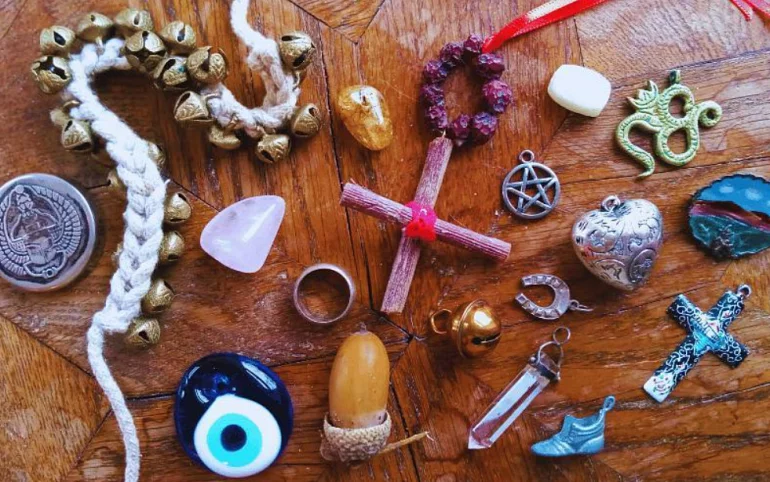
Personal Items: Family Heirlooms, Childhood Toys
Among the most potent lucky charms in a gambler's arsenal are those steeped in personal history. These aren't just objects; they're vessels of memory, linking pivotal life moments with the unpredictable arena of gambling. Take Elaine Chen, a semi-professional poker player from San Francisco. At major tournaments, she's always seen wearing her grandfather's jade ring.
Religious Symbols: Crosses, Buddha Statues, Prayer Beads
In gambling's high-pressure crucible, many find solace and strength in religious symbols, bridging the gap between sacred faith and secular chance. At Las Vegas's craps tables, you'll often see players kissing crucifixes or St. Christopher medals before a crucial roll.
Mahjong parlors in New York's Flushing neighborhood showcase the influence of another faith. Here, many Chinese-American players use prayer beads not just for devotion but as tactile aids in gambling.
Sport or Hobby-Related: Signed Jerseys, Golf Tees
For many gamblers, lucky charms often intersect with their passions outside the casino, creating a psychological bridge between areas of confidence and the uncertainty of betting. Nowhere is this more evident than with sports-related talismans. With its blend of skill and luck, golf provides rich symbolic material for gamblers.
Competitive video gaming, or esports, is spawning its category of gambling charms. In Macau's modern gambling lounges, where esports betting rivals traditional sports, young patrons often clutch pieces of pro gamers' setups—keycaps from championship keyboards or signed mouse pads.
Casino-Specific: Particular Dice, Chip from a Big Win
Some of the most intriguing talismans are those born within the casino itself, objects "baptized" by the forces of chance they're meant to influence.
- In the dice-throwing subculture of craps, certain pairs achieve legendary status.
- Poker chips from monumental wins are another casino-born charm.
- At Native American casinos, some players cherish "knucklebone charms." These are dice made from the anklebones of deer, used in traditional tribal games. In the rarified world of baccarat, favored by Asian high-rollers, used playing cards become prized talismans.
- At MGM Macau, it's customary for the house to gift each player at a table one card from a shoe that produced an exceptional player win streak. Often bent or torn from intense scrutiny, these cards are later encased in gold-trimmed frames. Regulars might have collections of these "golden cards" from various casinos, choosing which to display based on their "compatibility" with a table's feng shui.
This section reveals that gambling talismans are as diverse as the individuals who treasure them. In a realm governed by cold probabilities, these highly personal talismans inject warmth, meaning, and a sense of individual destiny into each bet.
The Illusion of Control
A curious paradox is in the unpredictable casino theater, where fortunes can evaporate in a card's flip or soar with a dice roll. Though gamblers intellectually grasp that outcomes are dictated by chance, many behave as if their actions can somehow steer fate's course. This cognitive dissonance is known in psychology as the "illusion of control."
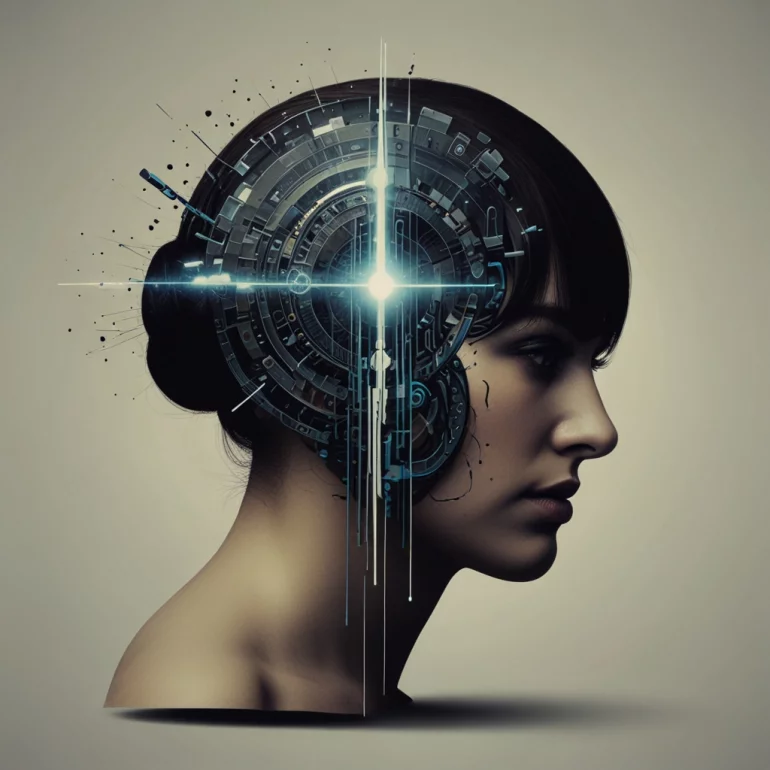
Defining the Psychological Concept
First articulated by Ellen Langer in her groundbreaking 1975 paper, the illusion of control is defined as:
"an expectancy of a personal success probability inappropriately higher than the objective probability would warrant."
In simpler terms, it's the tendency to overestimate our influence over events that are, in reality, determined by luck. This isn't just optimism or hope; it's a deeper belief that we can bend random outcomes to our will through certain behaviors or rituals.
The concept upends our traditional view of human rationality. Classical economics and decision theory often assume people make choices based on objective probability assessments. But the illusion of control reveals a more complex picture: our sense of agency is so fundamental that it can override statistical understanding, leading us to see patterns in noise and causality in coincidence.
This illusion isn't a quirk but a fundamental feature of human cognition, possibly with evolutionary roots. In our species' early days, assuming control—even falsely—over unpredictable elements like weather or animal behavior could spur action (like elaborate rain dances) that occasionally yielded benefits. Those who believed in their ability to influence outcomes might have tried more often, sometimes succeeding by sheer persistence. Over millennia, this "better safe than sorry" approach to uncertainty might have become hardwired.
Studies Showing Its Prevalence in Gambling Scenarios
Nowhere does the illusion of control manifest more vividly than in gambling, where every environment and game mechanic seems engineered to amplify this bias. Seminal studies in casinos provide striking evidence:
- In an experiment at Atlantic City slots, researchers Dixon and Schreiber gave players two buttons: "Spin" and "Stop." Unbeknownst to participants, neither button affected the machine's randomized outcomes. Yet, players who used the "Stop" button reported feeling more control and played longer, even during losing streaks. The mere presence of a non-functional feature fostered a sense of agency.
- Henslin's classic study in Las Vegas craps pits revealed another dimension. He observed that players tended to throw dice harder for high numbers and softer for low ones as if their physical force could dictate the outcome. More tellingly, when players accidentally dropped the dice, often yielding unintended numbers, they frequently blamed their "bad throw" rather than acknowledging randomness.
- A particularly elegant demonstration comes from Ladouceur and Mayrand's roulette wheel tests. They had participants bet on either red or black and then choose between spinning the wheel themselves or letting the experimenter do it. An overwhelming majority preferred to spin themselves. Remarkably, when later asked to bet on the experimenter's spins, those same players often switched their color choice, believing the other person's "spinning style" would yield different probabilities—despite the wheel's identical mechanics.
- These biases extend into more skill-based gambling. In a 2005 study on sports betting, participants were given identical statistical data about two soccer teams but allowed to choose which team to back. Those who chose their team estimated its win probability significantly higher than those assigned the same team—a stark example of conflating choice with control.
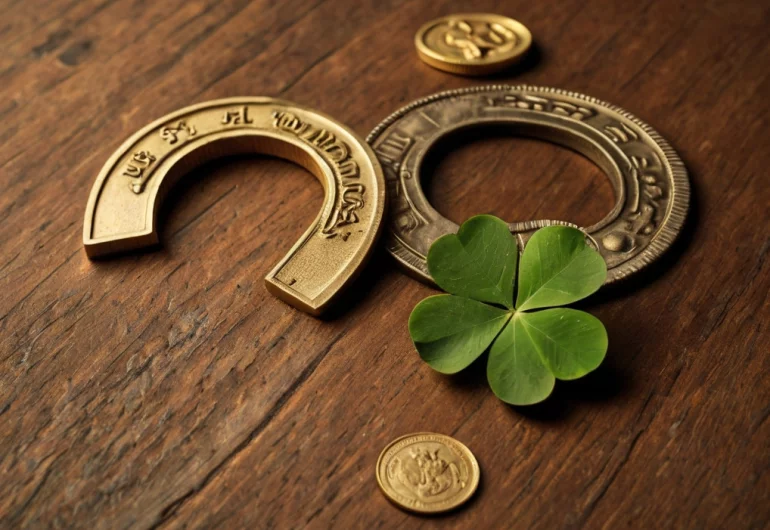
How Talismans Reinforce This Illusion
Enter the lucky charm—a physical embodiment of the illusion of control. Far from being mere accessories, these talismans act as potent psychological amplifiers, solidifying a gambler's belief in their ability to sway chance.
- Consider Rozin and Nemeroff's work on "magical thinking," where physical objects are thought to carry intangible essences. A casino-based study found that players who stroked a "lucky" coin before slot machine spins not only played longer but often described the coin as "energizing" the machine. Some even reported visualizing their luck flowing through the coin into the slot's mechanism—a vivid illustration of perceived control transfer.
- Talismans also exploit our tendency toward "sympathetic magic," where objects sharing a superficial quality are believed to influence each other. In Bilbao's poker rooms, researchers noted that some players kept shark teeth or eagle talons as charms, reflecting a belief that these items, symbolizing predatory skill, could make their gameplay more "sharp" or "eagle-eyed." The abstract link between the object and the desired outcome reinforces a sense of manipulated fate.
- The phenomenon of "retrospective control illusion," highlighted in a paper by Wohl and Enzle, shows how talismans can reframe past events. They gave some roulette players a "lucky ball" before betting. When those players won, they disproportionately credited the ball, not chance. More striking, when they lost, many didn't doubt the ball's power but believed they'd used it incorrectly—perhaps not holding it long enough. This self-serving logic preserves the illusion of control even in the face of contradictory outcomes.
- A study in Macau's baccarat salons sheds light on another mechanism: "vicarious control." Many high-rollers there use ancestral talismans—lockets with grandparents' photos or soil from family graves. Interviews revealed that these players often see themselves not as lone gamblers but as vessels for their ancestors' luck-manipulating powers. One participant explained, "I don't control the cards; my venerated grandfather does through me." This perception of channeling another's agency amplifies their illusory control.
- The "hot hand" fallacy, long studied in sports psychology, also intersects with gambling talismans. In a multi-casino experiment, Clark et al. found that players on winning streaks were more likely to prominently display or actively engage with their lucky charms—rubbing a rabbit's foot more vigorously or arranging good-luck trinkets in more elaborate patterns. This increased interaction reflects a growing belief that they're not just witnessing a random hot streak but actively engineering it through their talisman.
Beyond individual psychology, casino design intentionally nurtures this illusion. In a groundbreaking study, Friedland and Sober showed how slot machine layouts strategically place "big winner" machines near clusters of good-luck charm vendors. This proximity subtly links the visible jackpots with purchasable talismans, fostering an environment where control feels both attainable and commodifiable.
In this light, lucky charms in gambling aren't just sentimental tokens. They are physical conduits that channel, amplify, and concretize the illusion of control—a deeply rooted bias that can override our rational faculties.
Superstition and Pattern Recognition
In the kaleidoscopic chaos of a casino, where lights flash, coins clatter, and cards whisper across felt, the human brain confronts its ancient nemesis: randomness. Our minds, honed by millennia of survival challenges, are pattern-seeking engines. We evolved to discern the rustle of a predator from wind-blown grass, to distinguish edible berries from poisonous lookalikes. This ability to extract signal from noise was once our greatest asset. But in the domain of pure chance, this same gift becomes a cognitive trap, leading us to see order where none exists.
Human Tendency to See Patterns in Randomness
This phenomenon, known in cognitive science as "apophenia," is our tendency to perceive meaningful connections or patterns in random data. It's why we see faces in cloud formations, hear hidden messages in reversed song lyrics, or believe certain lottery numbers are "due" to win.
- In his seminal work, "The Drunkard's Walk," physicist Leonard Mlodinow explains that our brains are so averse to randomness that they'll impose structure on it, much like we'll instinctively try to straighten a crooked picture frame.
- Nowhere is this bias more evident than in gambling, where every game is a Rorschach test of aleatory inkblots. In a landmark study at MGM Grand's roulette tables, Ayton and Fischer observed players meticulously noting number sequences. Many became convinced they'd discovered "hot" or "cold" sectors on the wheel. Some even claimed to hear subtle differences in the ball's rattle, thinking it signaled where it would land. In reality, the exhaustive analysis showed the outcomes were statistically random.
- Similarly, in online poker, where millions of hands are played daily, data scientists frequently combat "cluster illusion." Players often report streaks of bad beats (strong hands losing to weaker ones) and conclude the site's random number generator must be flawed. Yet, when these perceived clusters are analyzed against probability models, they fall precisely within the expected random distribution. Our hunger for patterns simply magnifies coincidences.
Heuristics like the "gambler's fallacy" and "hot hand belief" further illustrate this.
- The former is our conviction that after a run of one outcome (say, five reds in roulette), the opposite is "due" (black must be next).
- The latter is its mirror: the belief that a streak indicates a "hot" state that will continue.
Both stem from our reluctance to accept that in true randomness, each event is independent, uninfluenced by history.
B.F. Skinner's Experiments with "Superstitious" Pigeons
Our propensity to conjure patterns from chance isn't just a human quirk. In the 1940s, behaviorist B.F. Skinner conducted experiments that would profoundly illuminate the biological roots of superstition. His subjects? Not casino high-rollers, but humble pigeons.
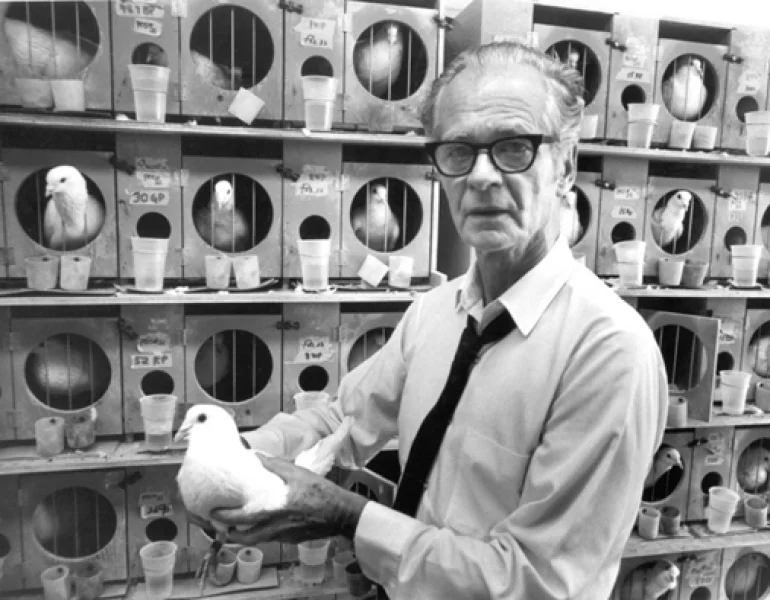
Skinner placed hungry pigeons in a "Skinner box," rigged to deliver food pellets at fixed intervals, regardless of the birds' actions. Soon, he noticed something astonishing. Each pigeon developed a distinct, consistent behavior just before the food appeared:
- one bird spun counterclockwise,
- another repeatedly hit its head on a corner,
- and a third swung its head like a pendulum.
These actions had zero causal link to food delivery; the pellets would have dropped anyway. Yet, because each action happened to precede a reward once or twice, the pigeons concluded their quirky moves were making it happen. They'd formed a superstition, attributing a random benefit to an irrelevant behavior—just as a gambler might credit a lucky coin for a slot machine's payout.
Skinner termed this "adventitious reinforcement." When an organism can't discern the true cause of an outcome, it latches onto any preceding action as the potential trigger. He proposed that much superstitious behavior, in birds or humans, stems from this basic learning process that has gone awry in unpredictable environments.
Fascinatingly, Skinner found that these pigeon superstitions were remarkably durable. Even when food delivery became random, with no fixed schedule, many birds maintained their rituals for thousands of fruitless tries. This mirrors the tenacity of human gambling superstitions, which often persist through long-losing streaks.
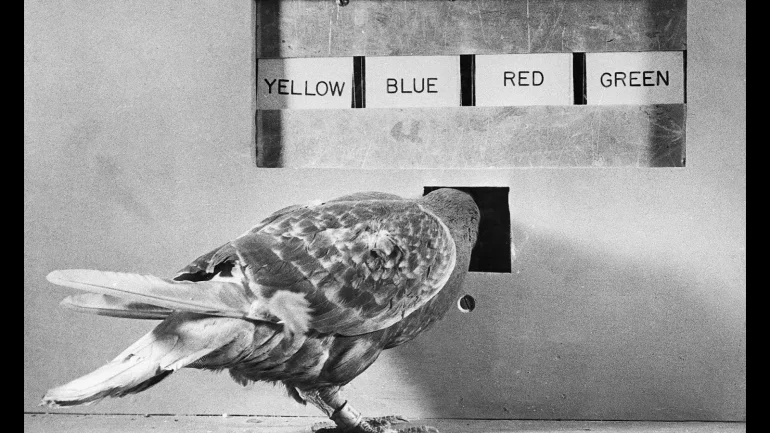
Later, researchers expanded on Skinner's work. In a 2010 study, pigeons were trained to peck red and green keys for rewards. Then, a blue key was introduced that did nothing. Strikingly, if the blue key lit up before a series of big payouts from red or green, many pigeons began to see the blue as a "lucky charm," pecking it obsessively before their main choices—much like a gambler rubbing a talisman before a big bet.
Gamblers Attributing Wins to Their Lucky Charms
The cognitive threads that entangled Skinner's pigeons—pattern-seeking, adventitious reinforcement, superstitious conditioning—weave through every casino, turning lucky charms into perceived control panels of fate. Just as those birds linked arbitrary moves with food, gamblers connect their talismans with wins, seeing causality where there's only coincidence. At the Venetian's high-stakes baccarat rooms, where fortunes can swing by millions per hand, this phenomenon is stark.
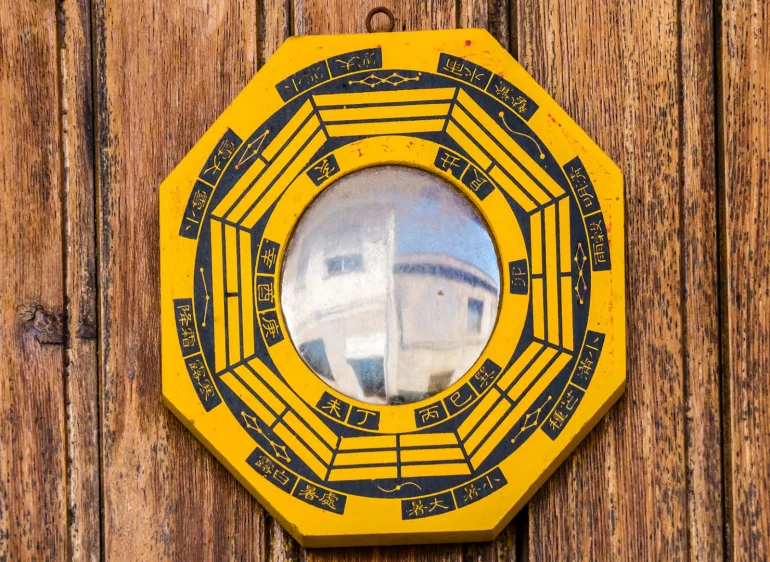
Many Asian gamblers here use ba gua mirrors—octagonal Taoist talismans believed to redirect energy. Wong, a real estate tycoon from Hong Kong, always places his mirror to "reflect negativity" from his playing area. One night, down $3 million, he repositioned the mirror and hit a streak, recouping everything. Now, he adjusts the mirror's angle before every shoe, convinced each position "bends the game's chi" differently. His wins reinforce this belief; his losses are dismissed as "mirror misalignments."
Atlantic City's craps scene showcases how lucky charms can shape betting patterns. Many players use mojos—voodoo-inspired pouches from New Orleans, each tailored for dice control. Remarkably, a 2015 study found that after "activating" these charms, players consistently adjusted their wagers, increasing stakes by 30-50% for the charm's intended outcome—as if each pouch truly governed different aspects of luck.

Online gambling, despite its digital anonymity, isn't immune. In a 2018 survey of internet poker players, over 40% admitted keeping physical good-luck items by their computers. More telling, many reported adjusting their online strategies based on their charms' perceived influences. Some would switch from tight to aggressive play after touching "hunter" talismans like eagle claws, believing these items heightened their predatory instincts in cyberspace.
Perhaps the most striking example comes from Macau's baccarat halls, involving feng shui-based trinkets. Many high-rollers use compass-like "luo pan" devices, believing they detect "lucky directions." Before major bets, they consult these tools, then physically move to the "auspicious" spot—even mid-game. Casino footage analysis shows players often relocating just before significant hands. Astonishingly, many will attribute directional shifts to subsequent wins, ignoring dozens of losses from the same locations.
In each case, we see Skinner's principles at work.
As his pigeons linked spins or head bobs to food, gamblers connect charms or ritual moves to payouts. Initial coincidences get magnified into causal beliefs. Confirmation bias does the rest; victories bolster the charm's perceived power, while losses are rationalized away.
In games of chance, where patterns are phantoms, our evolutionary instinct to seek order collides with pure randomness. Lucky charms become the mind's attempt to bridge this gap—physical tokens onto which we project illusory structures. In the casino's swirl of unpredictability, these objects offer a comforting fiction: that within chaos, there are still patterns we can grasp, symbols we can clutch, to navigate the tumultuous seas of luck.
To be continued.


























